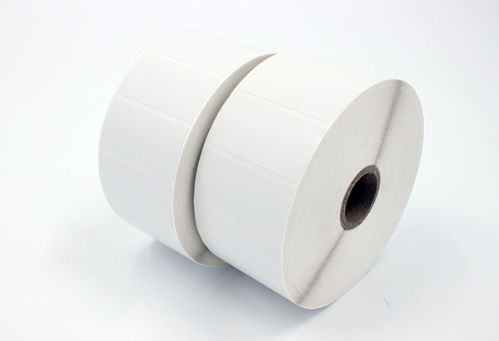Tearing delicate or fragile paper can be a tricky task, requiring finesse and patience to achieve a clean result. Whether you're working on a craft project, handling important documents, or simply attempting to neatly tear a piece of delicate paper, mastering the technique is essential. In this guide, we'll explore step-by-step instructions on how to tear fragile paper with precision and without unintentional damage.

1. Gather Your Tools:
Before you begin tearing, make sure you have the right tools on hand:
-
Ruler or Straight Edge: A ruler or straight edge can help you create a clean tear by providing a guide for your hands.
-
Pencil or Pen: Use a pencil or pen to mark the tear line lightly, ensuring accuracy in your tearing.
-
Sharp Scissors or Craft Knife: In some cases, using sharp scissors or a craft knife to create a preliminary cut can make the tearing process more manageable.
2. Prepare the Paper:
Place the fragile paper on a flat and smooth surface. If the paper is part of a larger sheet, consider cutting it down to the desired size before attempting to tear it. This initial preparation will make the tearing process more controlled.
3. Mark the Tear Line:
Using a ruler and a pencil or pen, mark the tear line lightly. This step is crucial for guiding your tear and ensuring that it follows a straight path. If precision is paramount, you can use a ruler to draw a faint line along the tear path.
4. Make a Preliminary Cut (Optional):
For extremely fragile paper, making a small preliminary cut along the tear line with sharp scissors or a craft knife can prevent unintended tearing. Be cautious not to cut too deeply; the preliminary cut is just a guide.
5. Tearing Technique:
Now, it's time to tear the paper. Follow these steps for a smooth tearing process:
-
Start Slowly: Begin tearing the paper slowly, following the tear line you marked. A gradual start allows you to adjust your technique as needed.
-
Use Both Hands: Use both hands to distribute the tearing force evenly. Hold the paper with one hand on each side of the tear line, and apply gentle, consistent pressure.
-
Angle the Tear: If you encounter resistance, try angling the tear slightly. This can help guide the tear along the desired path.
-
Pause if Necessary: If you feel the tear deviating from the intended path or if the paper seems resistant, pause and reassess. Making any necessary adjustments during the process can prevent accidental damage.
6. Practice Patience:
Tearing fragile paper requires patience. Avoid rushing the process, as haste can lead to uneven tears or accidental damage. Take your time and make adjustments as needed to ensure a clean tear.
7. Finishing Touches:
After tearing the paper, inspect the edges. If there are any uneven or jagged sections, use a fine-grit sandpaper or a gentle touch with your fingertips to smooth them out.
Conclusion:
Mastering the art of tearing fragile paper involves a combination of preparation, precision, and patience. By following these steps and practicing the technique, you can achieve clean and controlled tears without compromising the integrity of the paper. Whether you're working on a creative project or handling important documents, these tips will help you tear delicate paper with confidence and skill.
We offer comprehensive technical support, including free professional labeling solutions, advice on label materials and adhesive selection, as well as online/offline assistance from professional software and hardware engineers. Service email: andy@ownlikes.cn. In pre-sales, we leverage our extensive experience in specialty labeling projects to provide clients with the most suitable hardware solutions. Additionally, all our label barcode printers and scanners come with a three-year free warranty, demonstrating our confidence in our products.




